James Cobb has worked in the live music and event sector for over 20 years, starting out as a concert tour Production Manager. He has been a Director of a successful music festival, a text-messaging technology company, a stage lighting company and a live event safety consultancy practice. In 2013 he founded Crowd Connected, the technology company behind colocator – a location insight platform that provides festival and concert organisers with unparalleled customer insight and mobile engagement. He spoke about festival data at this year’s ILMC, and is set to speak at the Westminster Media Forum Keynote Seminar (April) and the Location Based Services Conference (June).
‘Data! Data! Data!’ is a line from Sherlock Holmes, who continued ‘I can’t make bricks without clay.’ In other words data is the starting point, and you can’t do without it. I’ve been writing a lot about data recently – specifically regarding the live music industry, which needs to catch up with other sectors in understanding how data can be used to improve customer service and engagement, and manage costs.
The only data most concerts and festivals have access to is probably ticket sale information. Who is buying tickets, what type, when, where from, and in what group size. The home of the ticket buyer (available as a postcode for online sales) is particularly interesting, and in the past I’ve analysed this location data for a multitude of purposes, including predicting likely traffic flows into festival sites, and predicting where sales will end up after only a few weeks on-sale.
But for festivals the ticket sale is only the beginning of both the customer relationship, and the revenue opportunity. The European Festival Market Report 2014 gives the average onsite spend at nearly EUR 120 per head. The festival-goer really can’t be understood simply in terms of the supply of tickets.
So understanding the customer while they’re onsite is becoming critical to running a good, profitable event. And proper understanding comes from data. As Peter Drucker said: ‘What gets measured, gets managed.’
Different forms of data can be aggregated – ticket sales, onsite purchases, location insight. I’ve been talking about this a lot recently on the conference platform and in magazine columns, and describing why it’s particularly challenging for live events. But what can we actually do with this data, and what different can it really make?
Ice Cream
How many Ice Cream sellers should we have at festival, and what commission or pitch-fee should they be charged? Tough question, because sales of ice cream are very directly related to the weather. Assuming a festival doesn’t have access to reliable ice cream sales data (which of course they may do if they run a cashless site), can we use other data to start understanding how weather affects sales?
That’s exactly what Foursquare were able to do. They were able to look at location data (in this case check-ins to ice cream outlets) with temperature data (which is widely available in open data sets). The pattern uncovered was that check-ins (and therefore indirectly sales) increased 2% for every 2 degree rise in temperature.
Applying the same logic, festivals with access to this type of data (e.g. how many festival-goers visit each bar, food concession or sponsor) could alter pitch fees or commissions based on footfall. It might not work for everyone, but this transparency of information could lead to deals that benefit both the festival and the concession holder.
Targeted Marketing
There isn’t an industry that doesn’t try to generate greater value from their customers by selling them other relevant products and services. When done well, it can target consumers with highly relevant information and offers. When done badly the effects can be negative, generating little in the way of sales and irritating the customer.
Of course even the most targeted marketing can backfire. In the US, aptly named retailer Target created a model to predict whether customers might have recently become pregnant based on their purchase history. The story goes that a man confronted a store manager with the coupons for maternity products that his teenage daughter had been sent, complaining how inappropriate their marketing was. It turned out that his daughter was pregnant, but hadn’t yet told him (Duhigg, 2012). Stories like this aside, generally better-targeted customer engagement is good for the company, and good for the consumer too.
A typical festival audience comprises a pretty diverse group of people. Marketing a concert tour to them simply because the artist in question performed at the festival just isn’t targeted enough to ensure relevancy. However if we are able to understand which artists on which stages each festival-goer watched, then we can properly target our customer base. There are a number of techniques we can use to achieve that – either smartphone based, or using RFID wristbands.
Predictive Analytics
Making sure the right number of staff are in the right place at the right time is a critical problem in retail – scheduling resources in the best possible way can make a dramatic different to profitability. Too many staff and profits fall. Too few, and very quickly customers drift away, put off by poor customer service and queuing. Using historic data and machine learning tools can help retailers predict future footfall, and can allow for much more accurate staff scheduling.
Festivals face this problem, but in a massively condensed and compressed environment. We open the gates and then juggle the staff at the bars, or on the entrance gates as best we can, reacting to queues by redeploying staff in an attempt to bring the queuing time down.
By accurately monitoring customer movement across a festival site, it is possible to predict that demand will rise before the queues become unacceptable. Staff can be redeployed, or customers steered to alternative facilities. And the queues whether at entrance gates, bars, toilets, or cash machines can be kept as small as possible.
Ultimately this optimal use of facilities is good for the festival as it can result in lower staff and infrastructure costs, and good for the festival-goer as it reduces queuing time.
These are just a few examples of how data can improve both the customer experience and profitability for festivals. The challenge we face is the sheer amount happening in a small space over a very limited period. As a result data needs to be highly accurate, and available in real-time.
“With data collection, ‘the sooner the better’ is always the best answer” according to Marissa Mayer (From the Archives: Google’s Marissa Mayer in Vogue). But few industries have a requirement to gather data, analyse it, and act on it within a 24-hour cycle.
Data is becoming the most important asset many businesses have. Clive Humby of dunnhumby went as far as to say “Data is the new oil!”
So now that technologies are becoming available to overcome the challenges live events face, it’s time festivals caught up with other sectors, and used data to better understand and engage with their customers.
Bibliography
Duhigg, C. (2012) ‘How Companies Learn Your Secrets’, Magazine, 16 February. Available at: http://www.nytimes.com/2012/02/19/magazine/shopping-habits.html (Accessed: 1 February 2015).
Festival Insights (no date). Festival Insights. Available at: http://www.festivalinsights.com/2015/01/european-festival-market-report-2014/ (Accessed: 1 February 2015).
From the Archives: Google’s Marissa Mayer in Vogue (no date). @voguemagazine. Available at: http://www.vogue.com/873540/from-the-archives-marissa-mayer-machine-dreams/ (Accessed: 1 February 2015).

